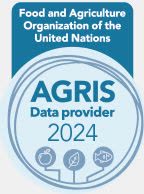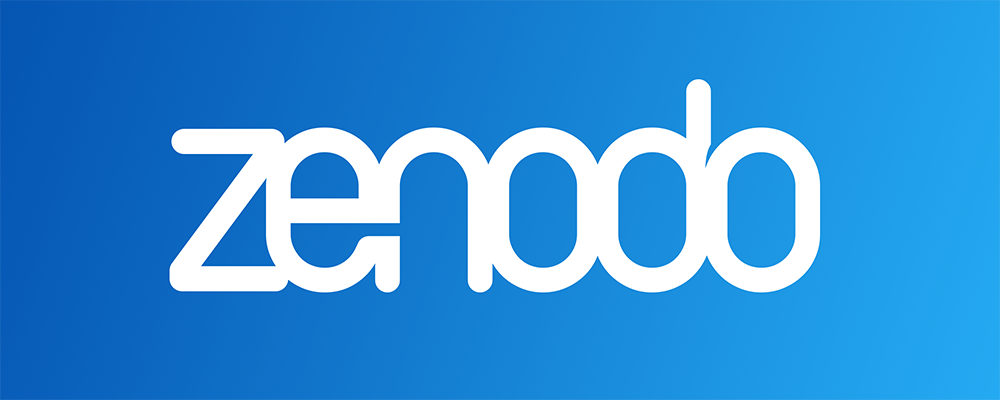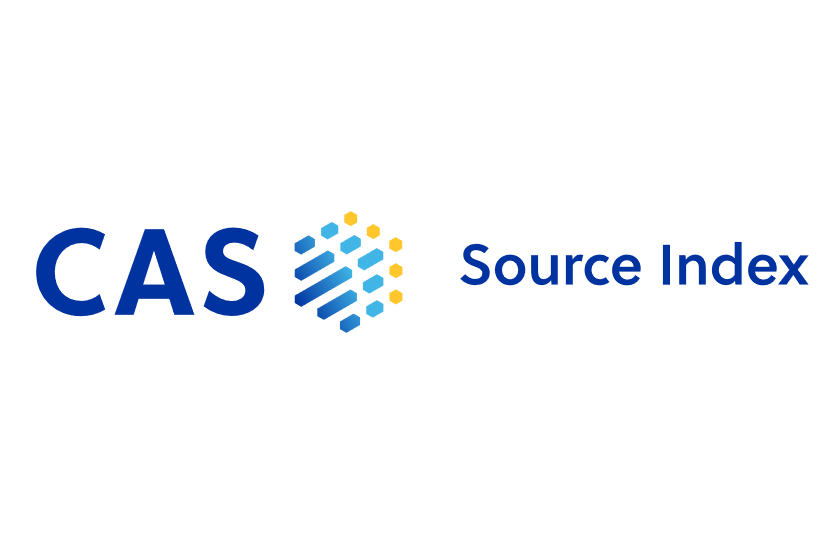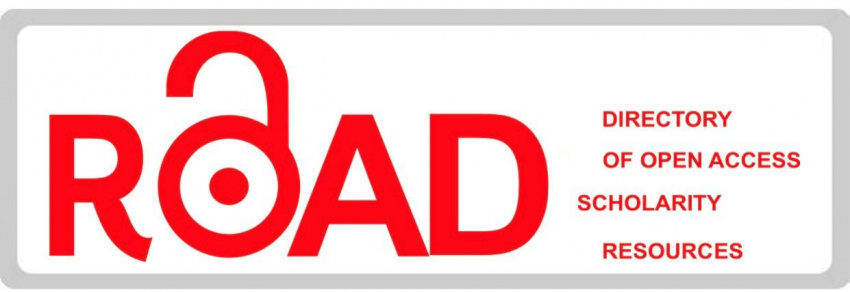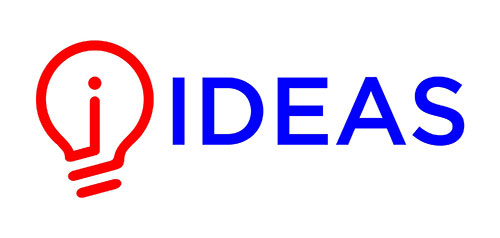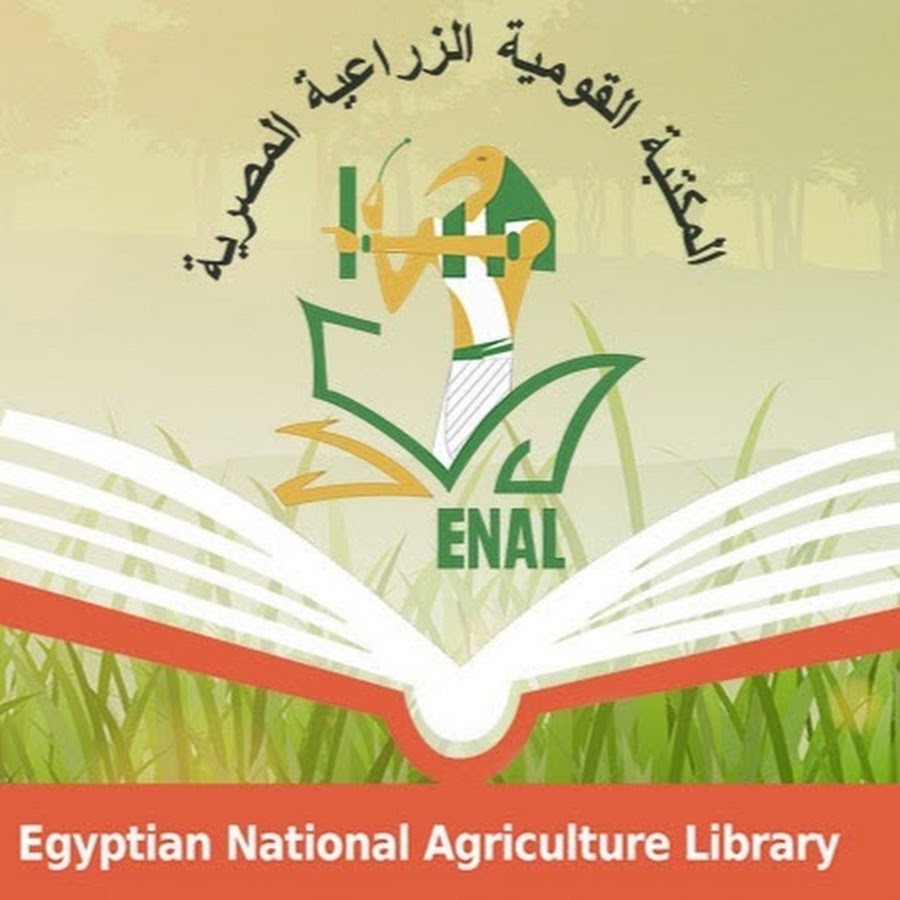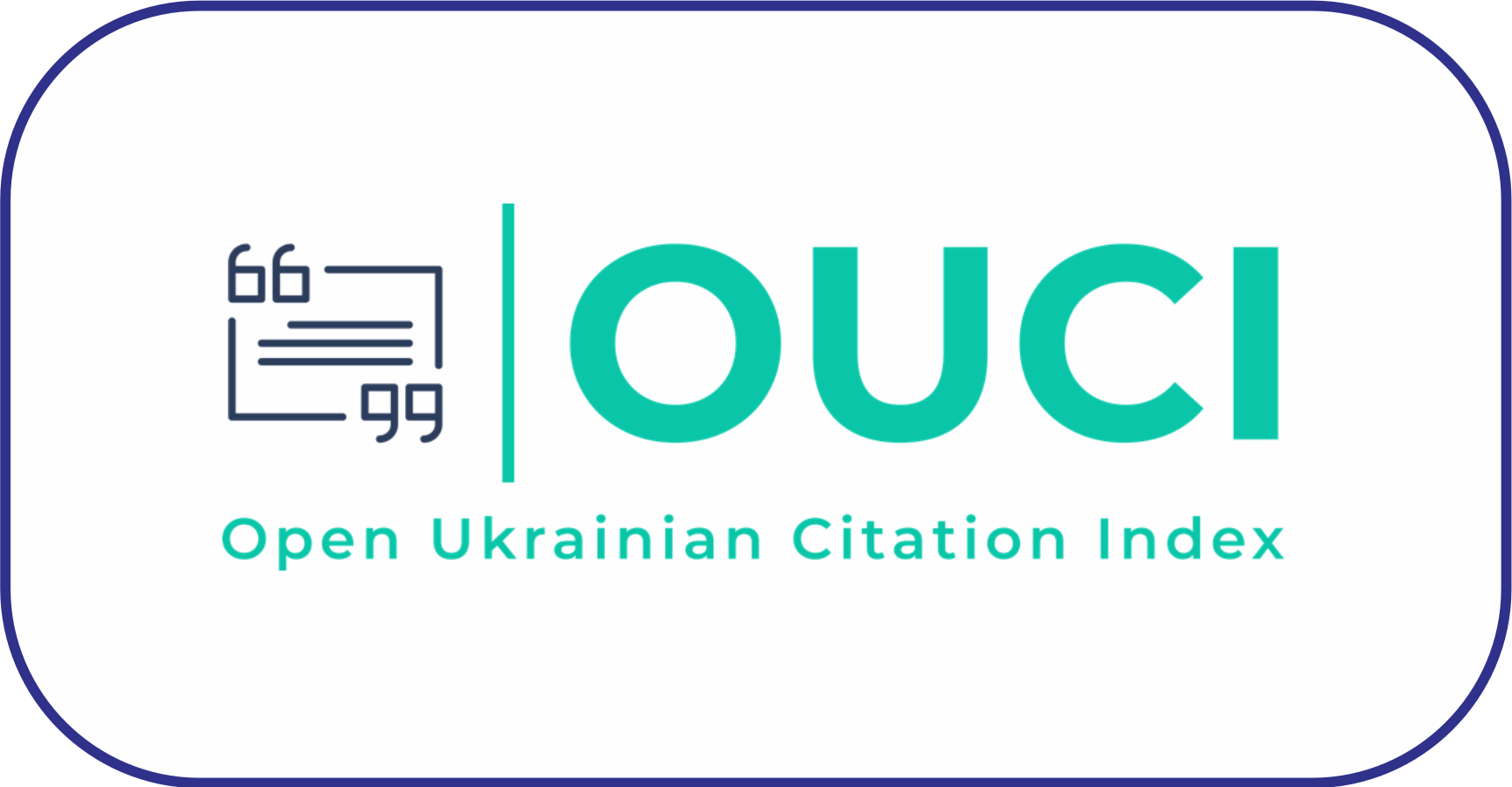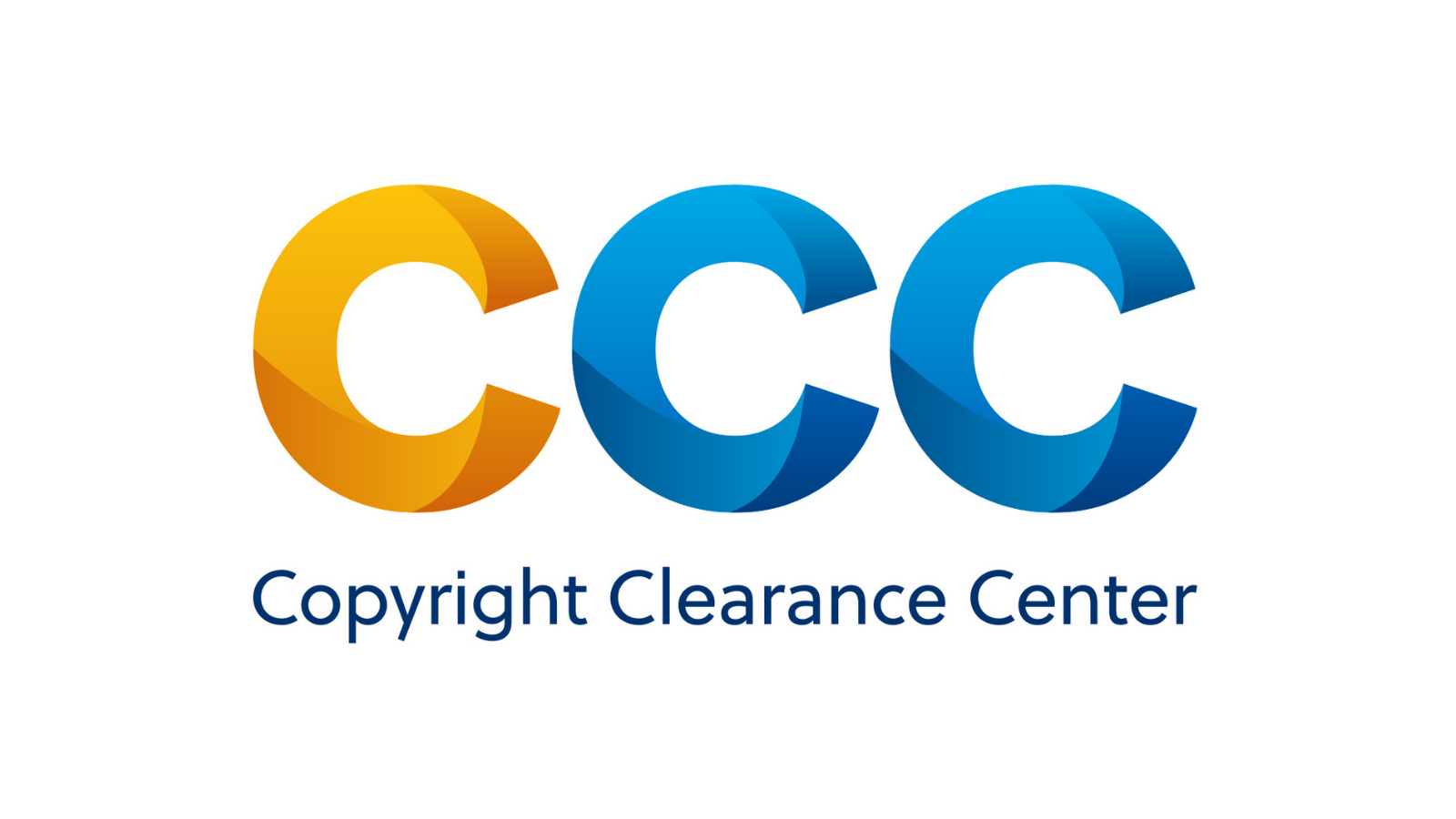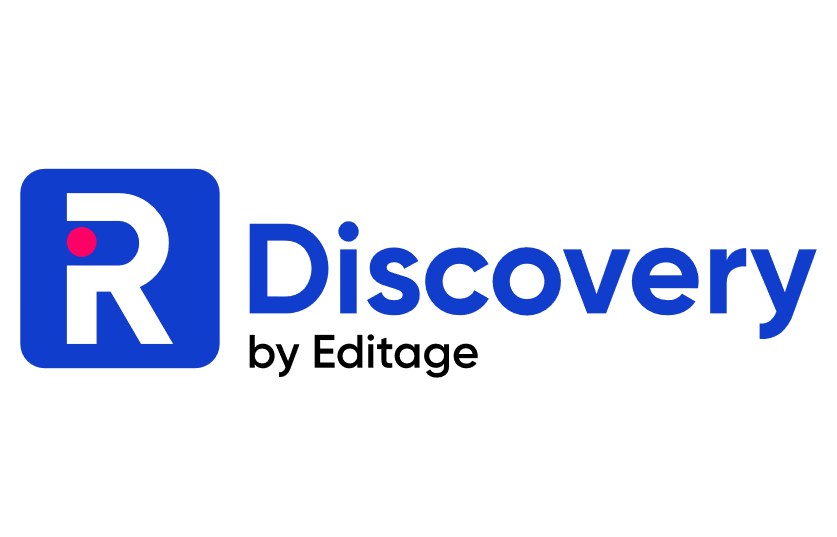Growth of maize is improved by the combined use of natural and synthetic nutritional sources of potassium: A review
DOI:
https://doi.org/10.63072/aab.22002Keywords:
Maize, Natural, NPK, Nutritional source of K, Potassium, SyntheticAbstract
Maize, being the third most important cereal crop, is used as a source of nutrition, poultry feeds and for other industrial purposes. In industries, it is used in making flakes, custard, varnishes, paints and many more. It is an important source of human diet containing vitamins (vitamin C, vitamin E, vitamin K, vitamin B1, vitamin B2, vitamin B3, vitamin B5vitamin and B6 (pyridoxine)), nutrients (phosphorus, magnesium, manganese, zinc, copper, iron and selenium, potassium and calcium) and other phytochemicals important for human well-being. Potassium (K) has an important role in regulating many plants’ functions like photosynthetic rate, chlorophyll content, antioxidant enzyme activity, cellular homeostasis and growth. By keeping in view all these regulating functions, K can be an important source in increasing crop yield of maize while making it more nutritious. Soil is an important source of K as it contains a more exchangeable form of K but in some conditions like calcareous soil, salinity stress, drought and biotic or abiotic stress cause severe deficiency of K in plants. In such situations, exogenous K can play a helpful role in high maize production. This present review deals with natural and synthetic sources of K that are being used for increasing maize production. Synthetic sources of K include inorganic fertilizers like NPK, muriate of potash, sulphate of potash and potassium thiosulphate, while natural sources include organic manure, cattle dung, compost of different crop residues, wood ash, rocky minerals and biofertilizers. In some cases, both the natural and synthetic sources of K are used in combined form to get significant results. © 2022 The Author(s)
Downloads
Published
How to Cite
Issue
Section
License
Copyright (c) 2022 Advances in Agriculture and Biology

This work is licensed under a Creative Commons Attribution-NonCommercial 4.0 International License.







